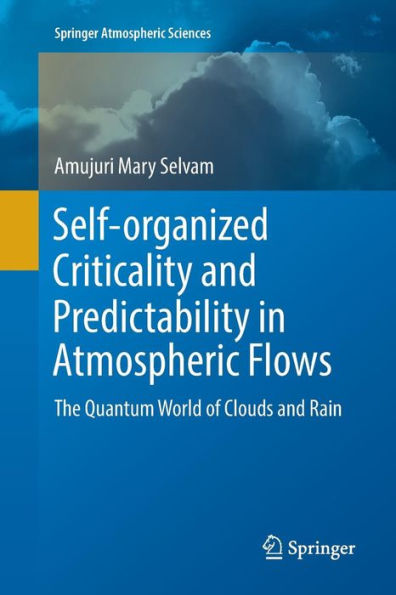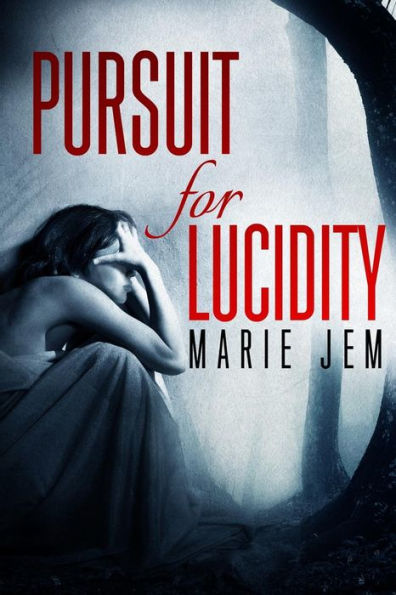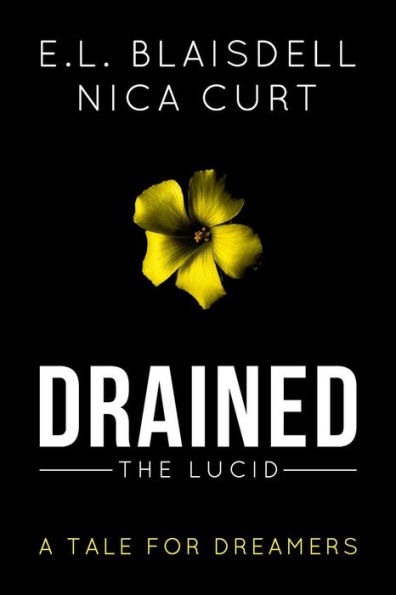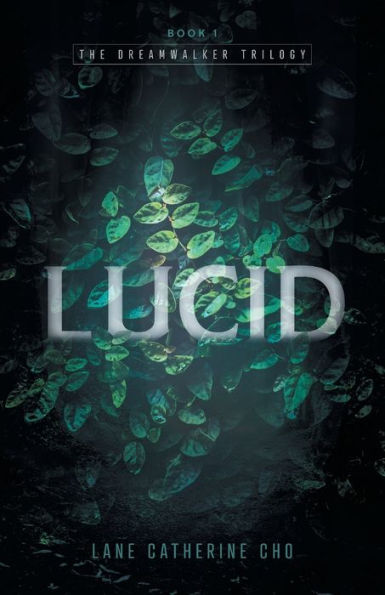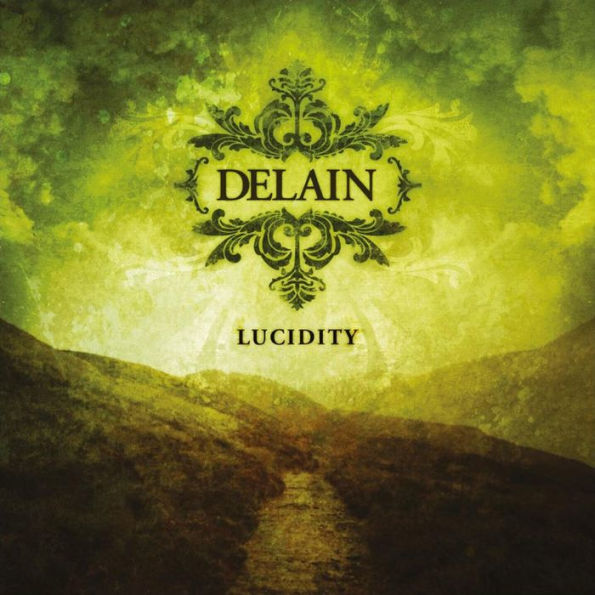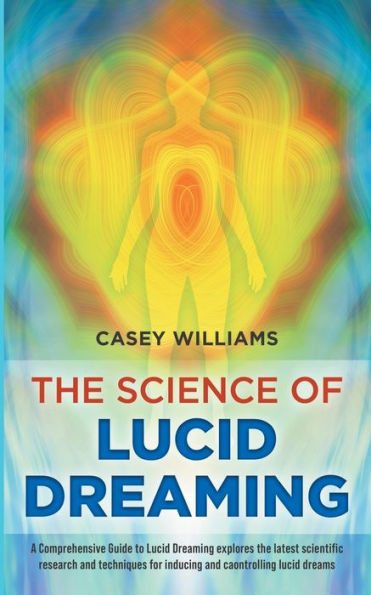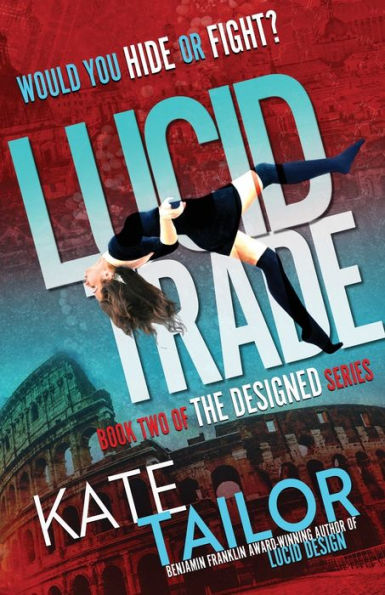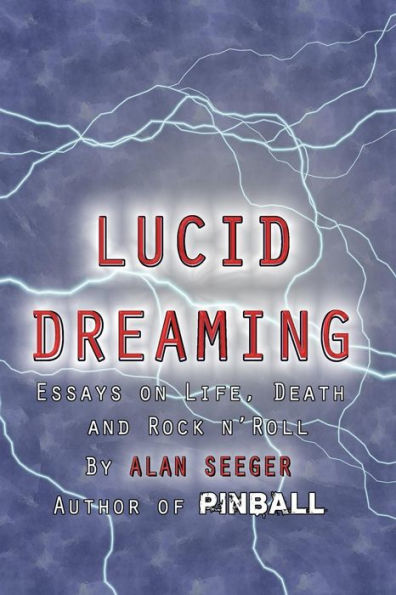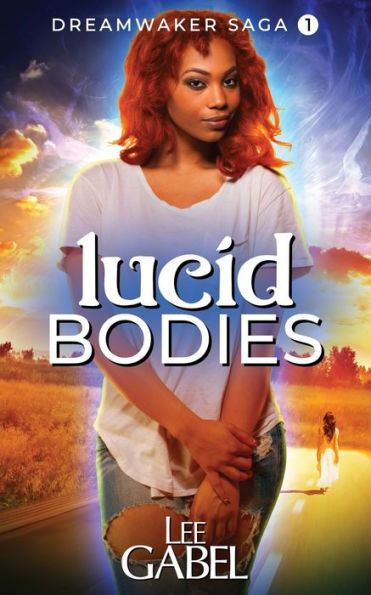Home
Flow Critical Lucidity
Barnes and Noble
Flow Critical Lucidity
Current price: $16.99


Barnes and Noble
Flow Critical Lucidity
Current price: $16.99
Size: CD
Loading Inventory...
*Product information may vary - to confirm product availability, pricing, shipping and return information please contact Barnes and Noble
What
Thurston Moore
brought to
Sonic Youth
was, in part, a mysterious fogged-window view of the world, along with a poetic mysticism informed by heroes as far back as the Beat Generation but also tapping into the inextinguishable spirit of punk.
Moore
's solo albums zero in on these attributes, as he uses detuned guitars, dreamlike sonic meditations, and unfettered noise to make contact with a particular spirit world of his own divination.
Flow Critical Lucidity
is the ninth proper solo album from
, and its seven songs tie together all his strengths with subtlety and a quiet, almost ritualistic power. In the past,
has collaborated with writer/poet
Radieux Radio
on various efforts, and here
Radio
pens the lyrics for the entirety of the album. This pairing is highly complementary, as
's counterculture referencing and ether-combing descriptions of otherworldly scenes are of a similar mind as
's have been in the past. The whispering tension of opening track "New in Town" places hand-drum rhythms and twinkling guitar dissonance alongside lyrics that capture a feeling of youthful excitement when a new face enters a small, closely knit scene. Drawn-out, moody tracks like "Hypnogram" and "Sans Limites" (the latter of which features a brief guest vocal spot from
Stereolab
's
Laetitia Sadier
) are great examples of the slow-burning and eerie style
has perfected over the years, with long stretches that reach and hover but never quite resolve, leaving the same impression as waking from a fitful dream.
My Bloody Valentine
Deb Googe
plays bass throughout the album, and
Negativland
member
Jon Leidecker
contributes electronics, sometimes creating a spiral of bubbling uneasiness (as with the foreboding prepared-guitar clouds of "We Get High") and other times converging into far more straightforward grooves (as on the
Can
-informed, rubber-ball bounce of "Rewilding").
doesn't do much to change his established sound on
, but the substantial contributions from both
and his band allow for the entire crew to go deeper and linger longer in both moments of no wave clatter and the heavy, transcendent bliss that
has made his calling card. By the time the finer details of closing track "The Diver" sink in (subsonic noise synth frequencies, muted and hypnotic drums, underwater guitar harmonics, and controlled muttering vocals), it's time to play the entire record over again and sit for another cycle in the beautiful, otherworldly loneliness it creates. ~ Fred Thomas
Thurston Moore
brought to
Sonic Youth
was, in part, a mysterious fogged-window view of the world, along with a poetic mysticism informed by heroes as far back as the Beat Generation but also tapping into the inextinguishable spirit of punk.
Moore
's solo albums zero in on these attributes, as he uses detuned guitars, dreamlike sonic meditations, and unfettered noise to make contact with a particular spirit world of his own divination.
Flow Critical Lucidity
is the ninth proper solo album from
, and its seven songs tie together all his strengths with subtlety and a quiet, almost ritualistic power. In the past,
has collaborated with writer/poet
Radieux Radio
on various efforts, and here
Radio
pens the lyrics for the entirety of the album. This pairing is highly complementary, as
's counterculture referencing and ether-combing descriptions of otherworldly scenes are of a similar mind as
's have been in the past. The whispering tension of opening track "New in Town" places hand-drum rhythms and twinkling guitar dissonance alongside lyrics that capture a feeling of youthful excitement when a new face enters a small, closely knit scene. Drawn-out, moody tracks like "Hypnogram" and "Sans Limites" (the latter of which features a brief guest vocal spot from
Stereolab
's
Laetitia Sadier
) are great examples of the slow-burning and eerie style
has perfected over the years, with long stretches that reach and hover but never quite resolve, leaving the same impression as waking from a fitful dream.
My Bloody Valentine
Deb Googe
plays bass throughout the album, and
Negativland
member
Jon Leidecker
contributes electronics, sometimes creating a spiral of bubbling uneasiness (as with the foreboding prepared-guitar clouds of "We Get High") and other times converging into far more straightforward grooves (as on the
Can
-informed, rubber-ball bounce of "Rewilding").
doesn't do much to change his established sound on
, but the substantial contributions from both
and his band allow for the entire crew to go deeper and linger longer in both moments of no wave clatter and the heavy, transcendent bliss that
has made his calling card. By the time the finer details of closing track "The Diver" sink in (subsonic noise synth frequencies, muted and hypnotic drums, underwater guitar harmonics, and controlled muttering vocals), it's time to play the entire record over again and sit for another cycle in the beautiful, otherworldly loneliness it creates. ~ Fred Thomas
